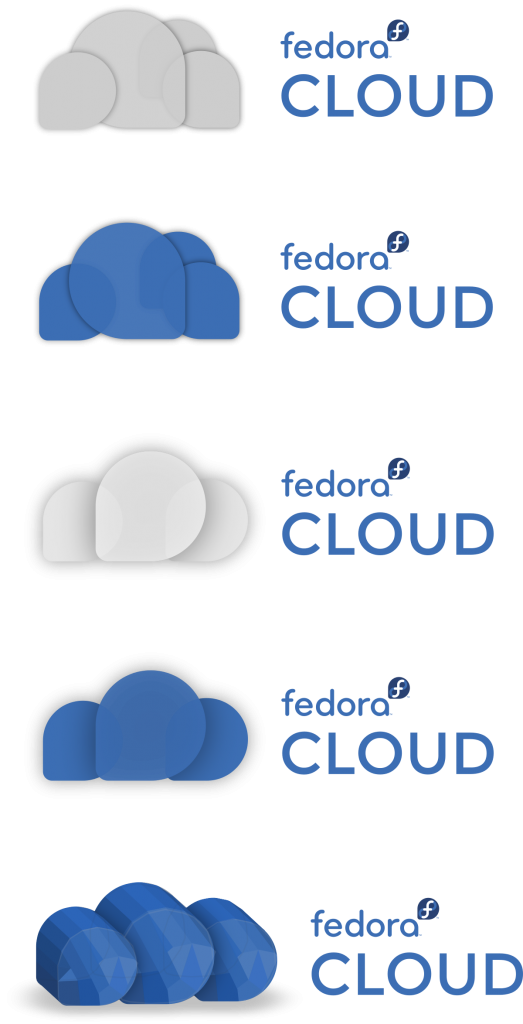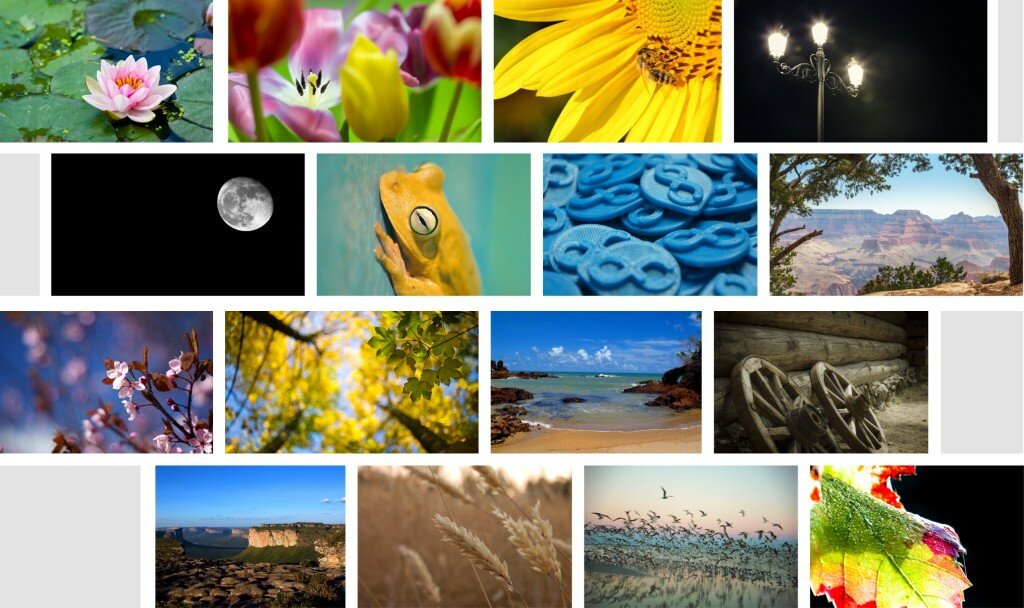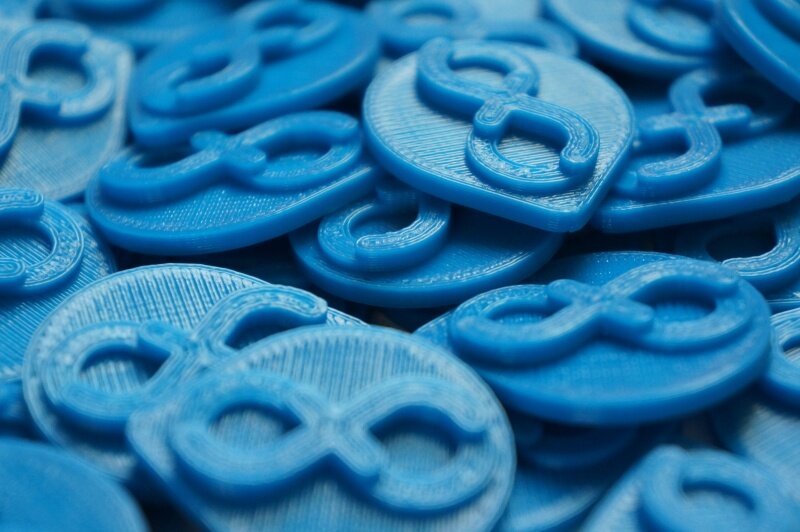Bouncing back on Mo’s post on fedora.next logo / branding ideas, here are a few tweaks and new ideas for the cloud logo. I know the cloud one is the easiest one to do, but here are a few ideas:

Bouncing back on Mo’s post on fedora.next logo / branding ideas, here are a few tweaks and new ideas for the cloud logo. I know the cloud one is the easiest one to do, but here are a few ideas:

I recently used fedup to upgrade my Fedora 19 machine to Fedora 20. However, after upgrading to Fedora 20 (which includes GNOME 3.10), i noticed that my normal keyboard shortcut (CTRL + ALT + L) was not locking the screen like it has previously.
After bashing the alt, control and L keys on my keyboard for a few moment, i figured out that in GNOME 3.10, the default shortcut to lock the screen is now changed to SUPER + L.
Note, however, that it is trivial to change this back (or to whatever other key combination you want)using the Keyboard preferences in the GNOME Settings.
While you still have to about the end of the month so submit your supplemental desktop backgrounds for Fedora 20, here are a few of my favourites that have been submitted (so far):
The Fedora 20 supplemental wallpaper submission process is now under way! Be sure to submit any suitable photos or artwork that fits the bill.Note also that there is now a badge for submitting a wallpaper!
Fedora Supplemental wallpapers are the non-default wallpapers provided with Fedora. Each release, the Fedora community submits, votes on and compiles these images into a package that can be installed on Fedora. To install the Fedora 19 wallpapers, simply install the package schroedinger-cat-backgrounds-extras-gnome and they will appear in the desktop background chooser.
Fedora 19 Supplemental Wallpapers

There is now a badge for submitting a supplemental wallpaper idea for Fedora 20
Bring on the submissions from all you badge-hungry folk! Note that this badge is manually granted at the moment, so you won’t get it the instant you submit your idea on the wiki.
This awesome photo that you have probably seen a lot lately was taken by Miro Hrončok (churchyard). It was an awesome photo that tied in well with the Fedora 19 release because of the 3D printing feature. It was so awesome that we also used it for the flock badges. But, in the rush to get everything out, I forgot to attribute Miro! This is especially annoying for me because we attributed everything else CC-licensed we used, including the maps and the image we used for the shirt. Needless to say in the future i will double and triple check work like this, because when people do awesome work, they deserve to be recognised for it!

In addition to my trunk Inkscape builds, i have also started building trunk builds of the GIMP “Goat Invasion”. The “goat invasion” builds of the GIMP are basically what GIMP 2.10 will be with all the GEGL library goodness (this blog post is a good outline of some of the improvements GEGL provides the GIMP).
Note that currently only the 64bit version of these builds on Fedora 19 is available. If there is enough demand i may build for other targets.
To set this up on your Fedora machine, first download the .repo file:
sudo curl -o /etc/yum.repos.d/fedora-gimp-goat-invasion.repo http://repos.fedorapeople.org/repos/ryanlerch/gimp-goat-invasion/fedora-gimp-goat-invasion.repo
Then tell yum to update inkscape:
sudo yum update gimp
In a recent thread on fedora-devel, (warning, it’s > 150 messages) there is discussion on what we should display to the user during a typical boot up. But to change and improve, defining and documenting what we already have is a good place to start.
Here is a quick set of screenshots that shows the screens that typical user may have to see and interact with when booting Fedora 18
GRUB is displayed by default on boot. There is a 5 second time-out for the user to do something. Or they can just press enter to boot the highlighted entry.

GRUB then displays some output on what it is booting

If the system has disk encryption enabled, you will see an input box with a lock beside it where the LUKS passphrase is entered.

A grey screen appears, and a silhouette of the fedora logo is shown on the screen. It “fills up” with white as the boot progresses. At this point the user may press the ESC key to bring up the gritty details of the bootup sequence.

When the logo is filled up, the boot sequence is complete, and the fedora logo is shown in full colour

The login screen is shown.

In previous versions of Fedora running GNOME (pre Fedora 18, GNOME 3.6), a user was able to click and drag anywhere on a window while the ALT key was pressed to move the window. This behaviour has changed in Fedora 18. To replicate this behaviour, the user now needs to hold down the Super key (aka the meta key, or the Command key on an apple keyboard or the Windows key on a windows keyboard) while dragging anywhere on a window. Additionally, holding down ALT and Middle Clicking and dragging on a window previously allowed a user to resize the window. In Fedora 18 and GNOME 3.6, this key is now also the Super Key.
Easy.
